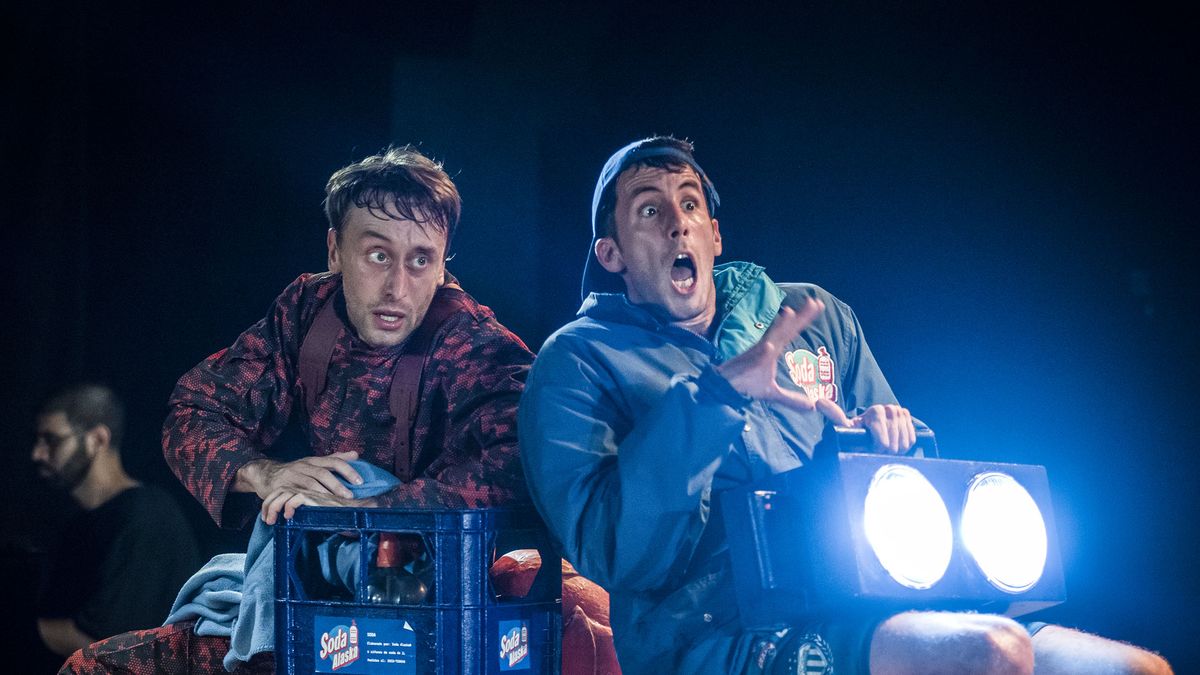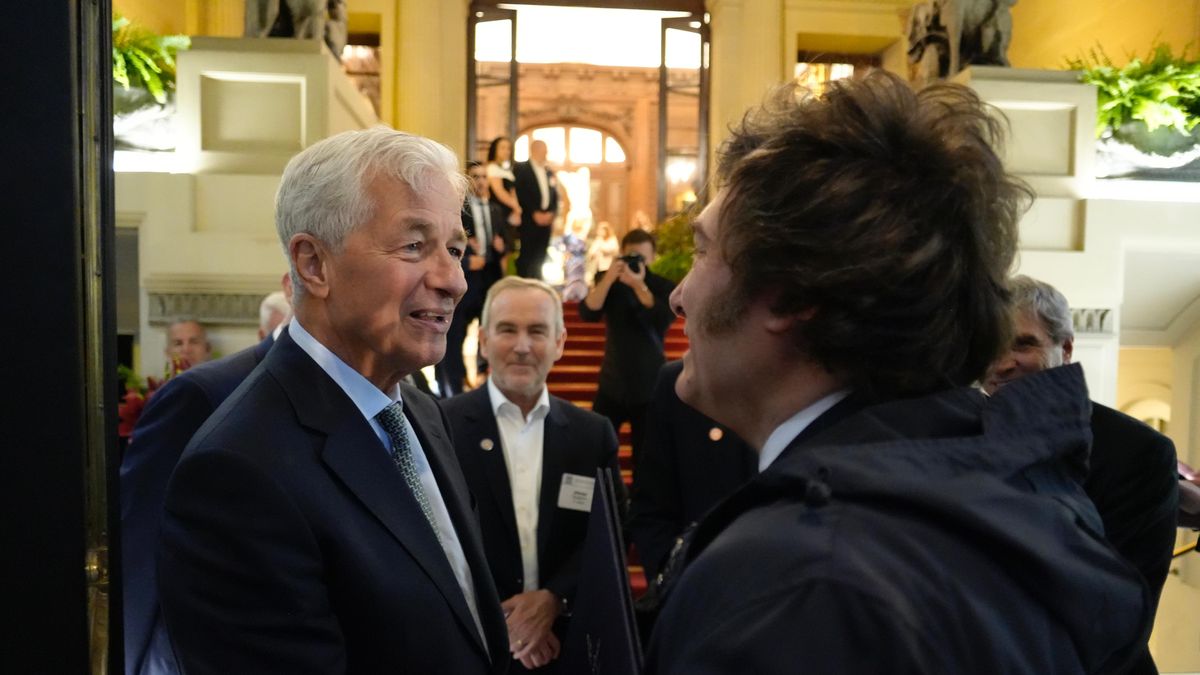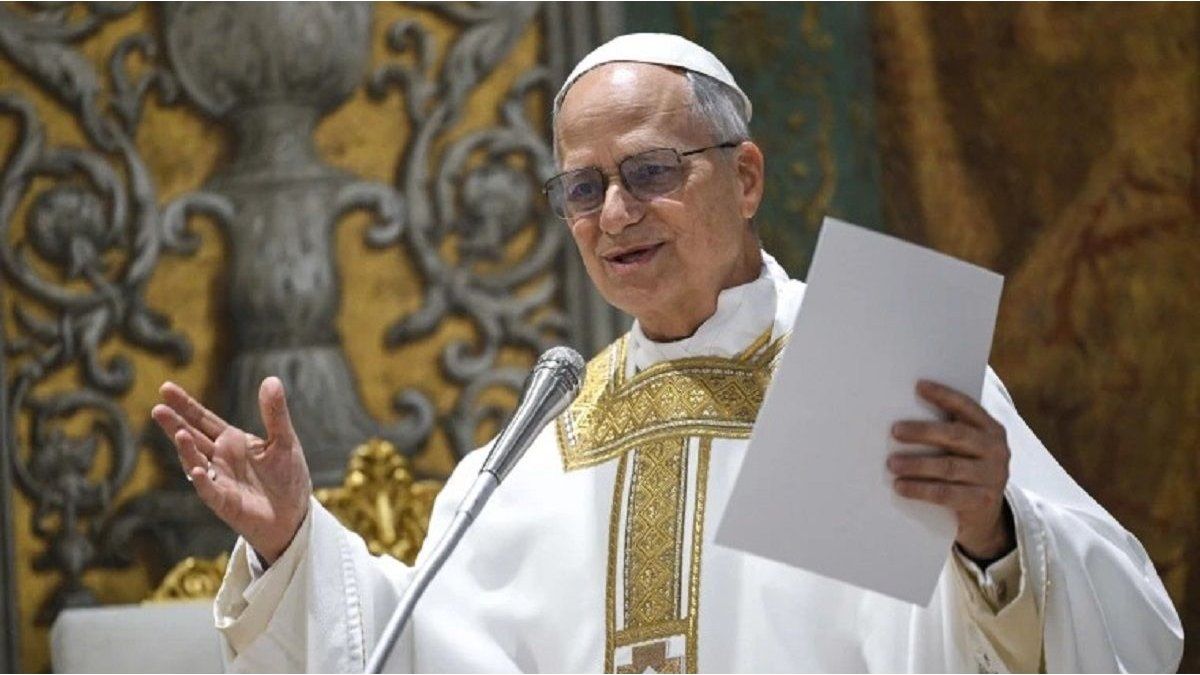“We talk from a place we know, that modifies us, moves us or terrifies us, we are not talking about distant conflicts,” says Matías Milanese, confunder next to Federico Lehmann of “Los Pipis Theater”, which premiered the weekend at San Martín “Passion, an Argentine tragedy.”
The work can be seen from Wednesday to Sunday at 20.30 with a cast composed of Matilde Campilongo, Luis Lonchi, Camila Marino Alfonsín and the same Milanese and Lehmann.
The recent creation of the company is presented in the Cunill Cabanellas room and with this work conclude the “trilogy of passions”, started with “The Alaska mechanism” And that he continued with “The Alaska conquest.” Live music and musical composition is from Stevie Marinaro, The lighting design of Miguel Coronel and the design of scenery and costumes of Micaela Sleight.
Journalist: In this trilogy closure they claim to talk about what is going through them, how would they define it?
Matías Milanese: I am interested in talking about the close and how that modifies what we live daily. What we do is try to find in what we are living what power of staging and transformation within this context. I grew up in one, bell 4, studying the great texts and tragedies and there was a time when that did not question me because, for example, today I am afraid of a scam through cryptocurrencies than a war in Russia, citing Chejov. “Porcelain puppy” was about the crime of a kid for being gay, “the mechanism of Alask . We talk about our grandmothers and mothers, it is about bringing the public closer what is believed to never interest it.
Federico Lehmann: We start from asking us questions about the representation we consider is a founding part of the theater and it is a concept that today is put in check. What is the role of actors, actresses and creators when representing, and putting it in relation to other scenic aesthetics that are not linked to a text theater or more classic. In the first work, the representation appears in relation to the needs of the LGTBQ collective to build a dissident identity, from there formally the works have a route from the most performative theater with the narration in the first place, where it is exposed to the public already measured The trilogy is built a more classical scene of representation but with these questions. There is tension between topics very close to its own experiences with more classic aspects of theater such as tragedies. In that tension, there is the anecdote vs. The epic baggage in the history of theater. There are characters and themes that are repeated, in the three there is a very different son or daughter figure, also three very different weapons, a hammer, a homemade sword and a firearm. A specific art appears within the same work, in Alaska the crafts appears, in the first theater, and in the third the cinema appears. Trilogy becomes a claim to those three arts.
Q.: How do these fragments choose to talk about the world?
Mm: Talk about your village and you will talk about the world, what I know modifies me and that is what moves me and terrifies, we speak from a known place, which I understand, and from there I can stop to speak, for example, of a military in a square, Healing the wounds to a friend because he grabbed him a duck and hit him. We choose struggles and that makes what we do, I do not speak from a place that I do not know and if I do it is from a point of view that I do know.
FL: The choice of themes part of the concern and questions at the time we thought the works and have to do with the offspring, such as being parents, such as building a family that escapes the traditional family, where to look for references, if necessary. The future appears in the three works, from a fictitious, utopian and fatalistic perspective.
Q.: What are those forms that the performing arts adopt in Buenos Aires?
Mm: There were many ways to adapt the theatrical work to what we do, we did performance, the CTBA has great production but there is some artisanal and ingenu of the theater, searching them to create, imagine the house if it cannot be built with scenery. We start working with reduced team and then we are looking for a way to open the world, there appear the artistic residences, we generate massive call and that we put together the cast of 12 to 15 people to look for other ways of representing. There are the Pipi Palloozza that we want to sustain, and it is a political gesture to make people find and know.
FL: I am from Córdoba and when I arrived in Buenos Aires I was surprised so much aesthetics and ways of representing. In training times we are unintentionally responsible for collecting in an archaeological way what the aesthetics were, where they came from, which implications had with the present starting from the performative theater or more classic representation, the biodrama, the physical theater. We were always good observers, we always liked almost everything, we were going to see works without knowing what it was and there was always something to rescue. That point of view gave us the guideline that we wanted to involve pieces of each of those aesthetics on the same one, thinking that the theater tries to dialogue with the present. Today is overproductive of information, stimuli, fictional content and things to see, we seemed logical to make baroque theater that represents that multiplicity of stimuli. And our scenic proposal has to do with putting a lot of body, abundant text and seeing how it results.
Q.: What is it like to work in the CTBA?
Mm: Great, it is a very different way from that of independent theater because it allows us to think about details that the work needs before starting to rehearse. In the Independent you realize on the march. That was an interesting growth, decisions had to be made before putting the body so it challenged us. It is nice to see how all areas of the theater mobilize so that we can have everything we need, and as the artistic direction is given much importance. There is someone who goes crazy to get everything and we get to term. When delegating to specific areas they appear with their own imprint that makes it a piece of art, including scenery, light, and coexists with the look of each director.
FL: Working in the CTBA was to meet areas that have a lot of knowledge and specificity about theater. Our independent theater team could be well involved with the public theater team. We came with a proposal that San Martín does not usually, could house all that effervescence since they generally work in another way.
Q.: How do you see theater and culture today?
Mm: As a lighthouse regarding art we create in adverse situations. Today there is much national neglect regarding culture, it is very violently pursued to those who think differently. But as good Argentines none of that intimidates us, a reaction is generated and artistic facts are resigned. We continue to make music, works, cinema, all this without romanticizing precariousness. Historically, the theater was a space of struggle and militancy. Today it must be more than ever. Doing a play is already answering something, it is going against a power that is about useless.
Source: Ambito
I am an author and journalist who has worked in the entertainment industry for over a decade. I currently work as a news editor at a major news website, and my focus is on covering the latest trends in entertainment. I also write occasional pieces for other outlets, and have authored two books about the entertainment industry.




